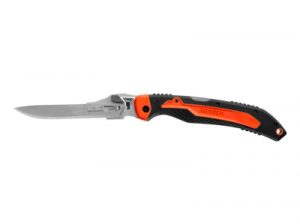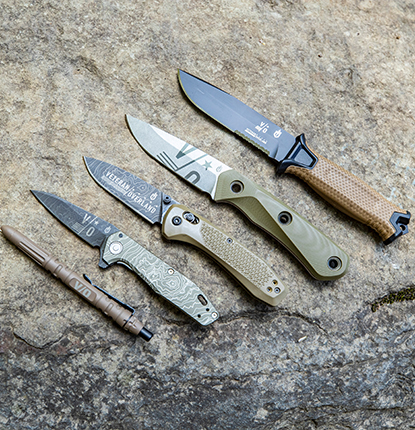
Written and photographed by Lindsey Browne Davis: hunter, conservationist, and entrepreneur
This year, most of us have more time at home than usual.
With disruptions noticeable in our grocery stores and the Spring season in full effect, there’s no better time to experiment with starting your own backyard garden.
I’ve farmed in rural parts of the west, at high altitudes, in coastal climates, and now in my backyard in Salt Lake City. No matter how much space you have, there’s room to grow something whether it’s herbs, flowers or your favorite veggies. You can use raised beds, containers, patios, or even convert your entire lawn.

Count it as your exercise, therapy, kid’s science class, or your future culinary masterpiece.
I guarantee time in your yard or on your balcony growing your own food will be a joyous and delicious endeavor this year.
- Removing your lawn: We took out a large area of lawn to start our garden. If you’re going to utilize a large space, this is the one time I think a rototiller is a good idea. After tilling, you can lay down cardboard and landscape cloth where you want paths. This will keep the grass from coming back. You can also try a method called ‘sheet mulching.’ If you’re doing a small area, you can remove the grass with a digging fork, and build raised beds!
- Best plants for shade: There are a dozen or so veggies that will grow with about 4 hours of sunlight per day. These include carrots, lettuce, parsley, kale, scallions, garlic, arugula, potatoes, spinach, mustard greens, charg, and bok choy. If you’re limited on space and sun, I’d pick some favorite high-yield daily drivers from this list like kale, arugula and scallions!
- Gardening at high altitudes: You can have a lot of success at high altitudes, even though you’ll work a bit harder. Start by buying starts and seeds from local growers so the plants will already be adapted to your area. Take notice of any slopes in your landscape to maximize solar gain where you’re planting. Use season extenders like cold frames and hoop houses over garden beds and greenhouses to protect from those late spring freezes. Build rock walls into your garden beds for extra heat / thermal mass around your plants.
- Watering: A ‘drip system’ is my personal favorite watering technique, especially in dry climates. Watering straight to the plant’s base is efficient and keeps the plants from being burned in hot temperatures. Our garden is hooked up to a Rachio controller, which also allows us to make changes or monitor it from an app. This is key during hunting season, and when we’re away in the mountains!
- Backyard chickens: Having little fertilizer machines who turn all of your kitchen scraps into eggs is awesome. Getting started with chickens doesn’t have to be a huge ordeal. Start small. You can look online for people getting rid of their flocks and coops for cheap. You also don’t have to start with chicks; you can start with older juvenile birds called ‘pullets,’ so they can go straight outside without heat lamps when you get them home. Chickens are great for your soil, and endlessly entertaining!
- Squirrels: a lot of us have backyard squirrel problems. My best advice is to get a wrist mount slingshot and a bag of garbanzo beans. Crack a beer on your back porch, and go to town, cowboy. You’ll most likely just scare them off and not kill them, and you’ll also have a new sport to enjoy at home!
The most important thing is to get started and enjoy it. Send any garden questions my way online, and happy harvesting!







